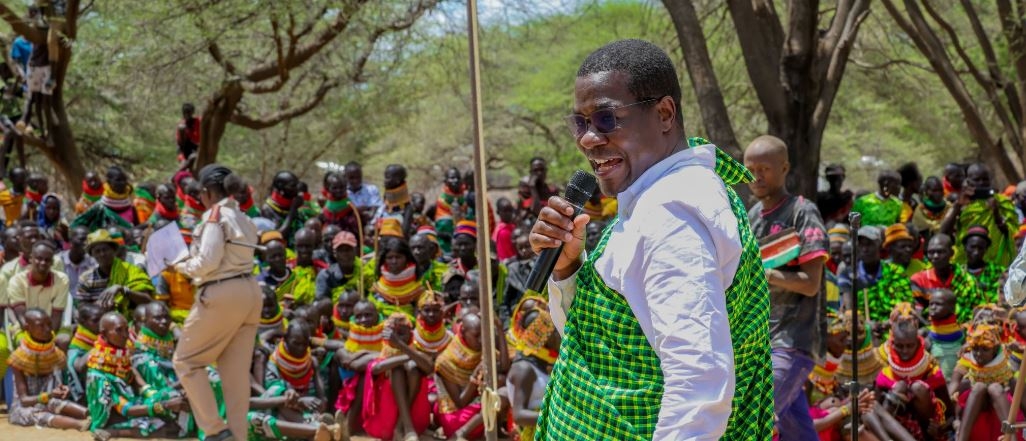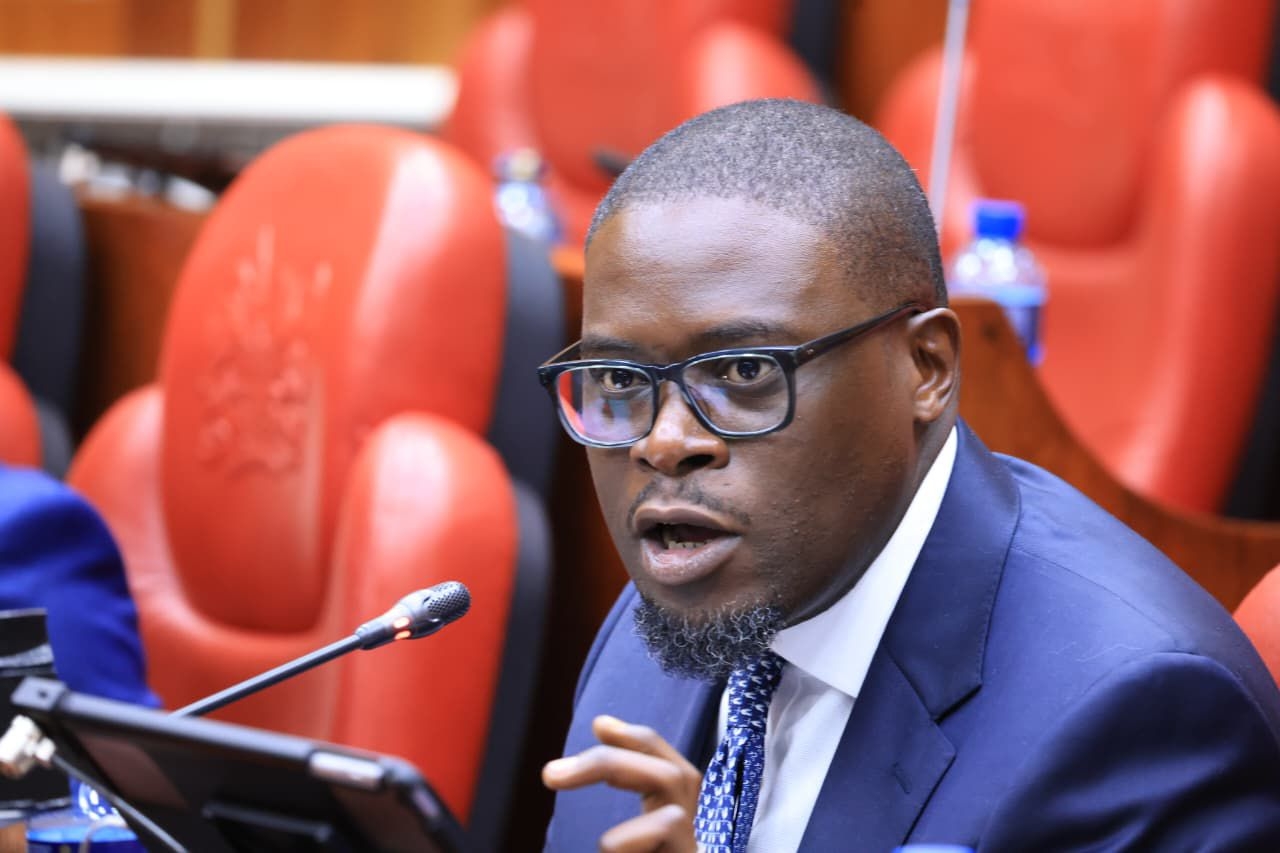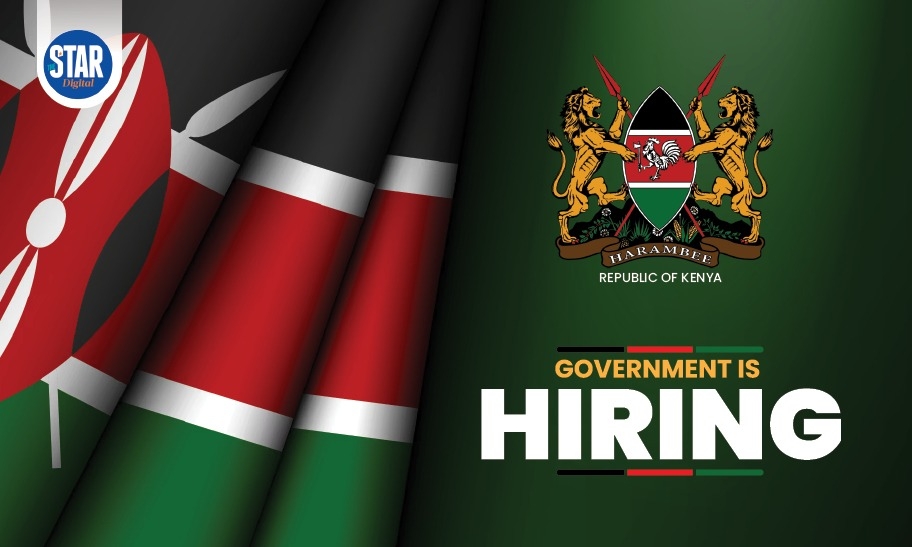Children are at the risk of increased dehydration, malnutrition, and life-threatening infections dengue, malaria and vibriosis if climate action interventions centred on them are not implemented, The Lancet Child and Adolescent Health has said.
According to the latest annual report of the Lancet Countdown on health and climate change, 2023 saw the highest global temperatures in over 100,000 years.
The report indicates that Infants younger than 1 year, who are particularly vulnerable to extreme heat, were exposed to 8·4 days of heatwave annually in 2013–22 compared with 4·0 days in 1986–2005.
In 2022, more than 27 million children faced acute food insecurity because of extreme weather in countries heavily affected by the climate crisis, and UNICEF estimates that 739 million children were exposed to high or extremely high water scarcity.
“Despite being at high risk due to their unique physiology, cumulative exposure over the life-course, and social vulnerability, children and adolescents have been largely ignored in the climate response,” The Lancet Child and Adolescent Health said.
“Young people's concerns about climate change and their leadership in activism stand in stark contrast to the way they are considered in climate-related policy, financing, media coverage, and discourse.”
The Lancet Child & Adolescent Health is an independent journal with an international perspective and a strong clinical focus.
The journal notes that only 2·4 per cent of key multilateral climate funds support projects incorporating child-responsive activities, according to UNICEF.
In Kathrin Zangerl and colleagues' analysis of national climate adaptation policies from 160 countries, The Lancet Child and Adolescent Health says only five (3 per cent) are taking substantial steps to include child-specific measures.
“Most countries largely overlook (111 [69%]) or fully neglect (44 [28%]) child-related needs. Where children's needs are considered, the focus tends to be on education, awareness raising, community engagement, and nutrition, with particularly little attention to middle childhood (6–12 years),” The Lancet Child and Adolescent Health said.
“Notably, no country's climate adaptation policies addressed children's mental health needs directly—a huge mismatch with the widespread climate anxiety and dissatisfaction with government responses among adolescents.”
The Lancet Child and Adolescent Health is also concerned over the overs implication of children in policies saying they are often conceptualized as solely vulnerable and needing protection.
The Journal notes that there is little consideration of children’s ages, development stages, genders, social roles and agencies in the making of the policies.
The consequence of this, The Lancet Child and Adolescent Health says, is many adaptation measures are directed at actors related to children such as caregivers, educators, and health professionals rather than empowering children's autonomy and participation.
“These gaps should prompt immediate and bold action to integrate the needs of children and adolescents in the climate response. The UN Convention on the Rights of the Child stipulates children's right to participate in decisions that affect them,” the Journal stated.
“Children should therefore be viewed as needing both empowerment and protection, and as active co-creators in policy development via consultative processes, participatory frameworks, ideation and design thinking exercises, and adolescent-led initiatives.”
The Journal says adolescents' engagement in climate-related policy can be a helpful way of coping with climate anxiety, which should not be pathologised but instead be recognised, validated, and acted upon.
The Lancet Child and Adolescent Health further added that political commitment and investments are needed to accelerate progress to shift away from fossil fuels, expedite mitigation, and deliver health adaptation—with children and adolescents at the heart.

















